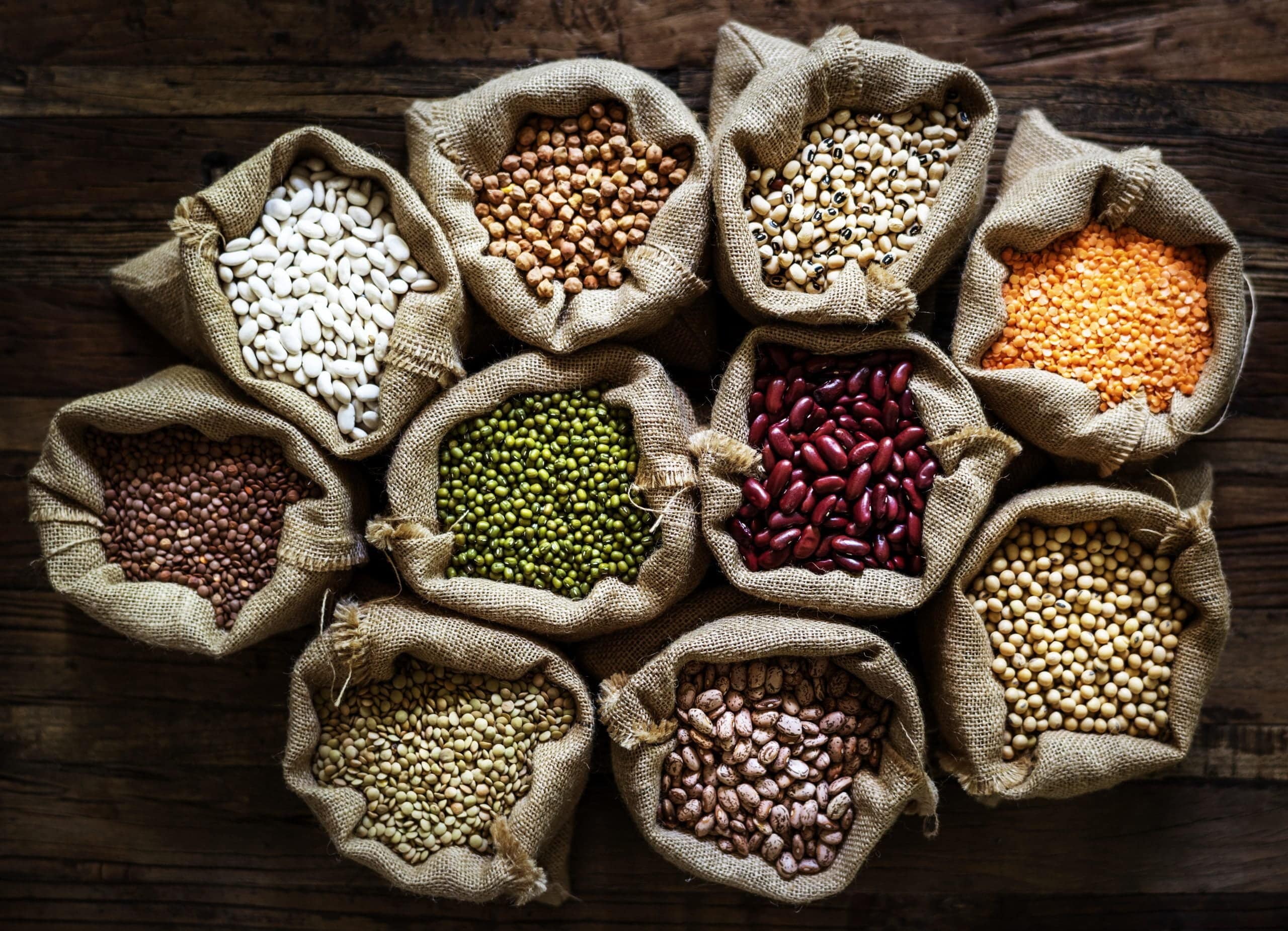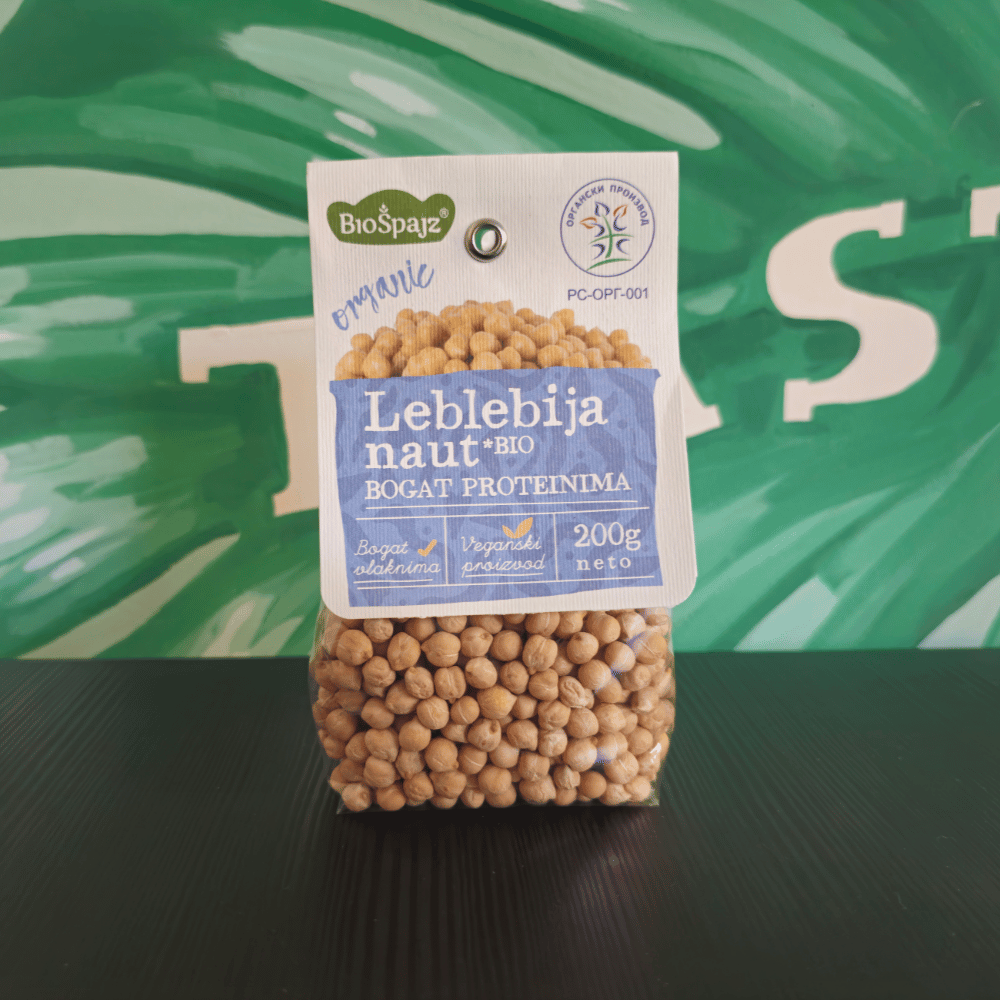When we talk about a healthy diet, we always mean a varied diet. A lot has been said and written about the "harmfulness" of carbohydrates, that among laymen they have reached the status of unnecessary foods that should be feared and avoided, while the truth is quite different.
The human body needs all food groups for optimal growth and development. Exclusivity in the diet and choosing only a certain group of foods carries with it health risks due to the lack of certain vitamins and minerals, which consequently leads to illness. If we want to lose extra pounds, in the sea of diets we will find a large number of restrictive diets that completely exclude certain foods from the diet.
Although exclusive diets, such as Atkins, are effective at first, they are by no means a good choice in the long run. The state of ketosis will certainly lead you to lose weight, but the lack of vitamins and minerals in this type of diet is very difficult to compensate and very risky for the overall health of the body.
It is true that proteins build our muscles, but complex carbohydrates give us energy. They are slowly broken down in the body and provide a stable source of energy. They are digested more slowly in the body and do not cause a rapid rise in blood sugar levels.
Therefore, we can safely say that each group of foods that we eat has its own usability in our bodies, and precisely because of this variety, we are full, healthy and full of energy.

For the past decade or two, the trend shows that more and more people are interested in how to make their diet better, which tells us that the awareness of healthy food is slowly but surely increasing. Our mission is to contribute to that process with our performance and show that we can eat healthy and tasty food, as well as that a healthy alternative always exists if you want to look for it.
In today's text, we will talk about a family of plants that is extremely useful and nutritionally valuable for our body - they are in question legumes.
Types of legumes and their origin
Legumes are a family of plants to which they belong beans, peas, soybeans, lentils, peanuts, green beans and they are one of the oldest crops cultivated by man - some findings indicate that they have been in the human diet for 7000 years!
They are an extremely good source of vegetable proteins and fibers, they contain all nine essential amino acids that are necessary for building proteins in our bodies.
Some legumes, such as alfalfa, are used in animal nutrition as green fodder that improves the complete nutrition of animals.
Legumes have the ability to fix nitrogen from the air and form a symbiotic relationship with bacteria found in their root nodules. These bacteria convert nitrogen from the air into a form that plants can use for growth, thereby contributing to soil fertility.
Legumes are often used in vegetarian and vegan diets as a substitute for meat. Besides being tasty and nutritionally rich, they can be the basis of various dishes such as stews, soups, salads, stews or sauces. They have a relatively long shelf life and can be stored for a long time in a dry and dark place.
Health benefits of different types of legumes
Health benefits of beans
Beans are a food that is extremely useful for the human body. It is very high in fiber, which has many health benefits, such as maintaining a healthy digestive tract, regulating blood sugar, reducing the risk of heart disease, type 2 diabetes, and certain types of cancer.
Due to the high content of antioxidants and phytonutrients, beans have anti-inflammatory properties and help fight against oxidative stress in the body. Because of their high potassium content and low sodium content, beans can help regulate blood pressure, which has a beneficial effect on heart health and reduces the risk of hypertension.
Iron, magnesium, folic acid, zinc and vitamin B6 are just some of the nutrients that beans contain, and they are responsible for strengthening the immune system, maintaining healthy blood flow and supporting energy metabolism.

Health benefits of black beans
Black beans are very widespread in parts of Latin America, so it is an indispensable ingredient in Latin American cuisine, especially in Mexican, Brazilian and Cuban dishes.
It is an excellent source of protein in a vegetarian and vegan diet, and it also has a lot of vitamins, minerals and antioxidants. By consuming black beans, free radicals are neutralized, which brings multiple health benefits, including reducing the risk of cardiovascular diseases and the formation of tumors.
Health benefits of azuki beans
Azuki beans are a great option for people with gluten allergies because they do not contain gluten. It can be used as a substitute for wheat and other cereals. This type of bean is originally from China, but it is also very popular in other Asian countries, such as Japan, Taiwan and Korea. In Japan, it is traditionally used to prepare sweets by cooking it with sugar and most often in the form of a filling.
Azuki beans are rich in fiber, protein and minerals, while the fat content is at a slightly lower level. In addition to the widespread use of this legume in the diet, azuki beans are often used in cosmetics, as an ideal exfoliator for the skin, with the help of which dead cells are removed and the skin remains beautiful and refreshed.
Health benefits of chickpeas
Chickpea, or chickpea, is another legume originating from the Middle East and is considered one of the oldest cultivated plants. Chickpeas have a high fiber content, which regulates digestion and protects the digestive tract, regulates blood sugar levels, and is also an excellent source of vegetable proteins, magnesium, iron, as well as vitamin B6 and phosphorus.
Chickpeas are a gluten-free source of carbohydrates and can be used in many ways - as an independent snack, to prepare hummus, which is very popular in Middle Eastern cuisine, as well as in salads, stews, soups and purees, and one of the most famous chickpea dishes is the delicious falafel. Chickpeas help lower cholesterol levels and contribute to the feeling of satiety, and have often been used as a substitute for meat.
Health benefits of lentils
Lentils are another food that has been in human use for thousands of years. We distinguish between red, brown, black, yellow and green lentils, and each of these types is an easily digestible food rich in folate, fiber, iron, potassium and manganese.
Lentils have a higher protein content than beans, but they lack essential fatty acids, so a combination with other plants is recommended. Lentils are quick and easy to prepare because they do not require soaking in water beforehand, and they can be combined with a wide variety of foods and in various recipes.
Lentils are a fantastic addition to a balanced and varied diet, and according to some data, just one plate of lentils provides one-third of the daily iron needs, while half a cup of lentils contains 12g of protein, which is equivalent to consuming two eggs.
Health benefits of green beans
Most of us probably remember green beans as a dish that we always tried to avoid, but what we didn't know as children is that green beans are an extremely healthy food that should be included in our diet. It acts as a mild diuretic, so it is good for expelling excess water from the body, it also regulates blood sugar levels because it is rich in fiber and is an excellent choice for people who want to get rid of extra pounds.
Green beans contain vitamins and minerals, as well as the amino acid arginine, which acts like insulin. According to some data, green beans can help lower uric acid, so it is good for people with gout problems. It is also good for bone health and strengthening the immune system. In addition to different types of green beans and slightly different texture and taste, there are a handful of ways to prepare and consume them: green beans can be boiled, stewed, fried, added to soups, salads and various other dishes.

Health benefits of peas
Another legume on our list today is the pea. This low-calorie food rich in fiber and vitamins, especially vitamins C and K and minerals such as iron and manganese, is used in various cuisines around the world. It can be added to soups, stews, sauces and various other dishes.
Fresh peas are usually consumed seasonally, while frozen peas can be found on tables all year round. Peas are low in fat and low on the glycemic index, which means they maintain blood sugar levels and keep us fuller for longer.
Pea protein is an excellent choice for exercisers who want to increase protein consumption without adding animal products to their diet. It contains all nine essential amino acids, with the help of which our body synthesizes proteins.
Health benefits of soy
Soy is one of the foods that we often associate with meat substitutes, but we must note that, in addition to being an ideal substitute for food of animal origin, soy is also extremely nutritious. It contains all essential amino acids and is therefore considered a complete source of protein of vegetable origin.
It is rich in dietary fiber, iron, magnesium, phosphorus, B complex vitamins and other nutrients. Soy is rich in phytochemicals such as isoflavones, which can help ease menopausal symptoms, help maintain bone health, and reduce bad cholesterol. It can be consumed in a variety of forms, including whole grains, milk, tofu, soy flour or oil.
Conclusion
With all that said, we can safely say that legumes are a vegetable that deserves its place on your daily menu. Whether you consume them as an addition to a meal or as a main course, you will introduce a lot of useful nutrients into your body that will be easily digestible, tasty and will keep you full for a long time. Tell us about your experiences with legumes in the comments!














